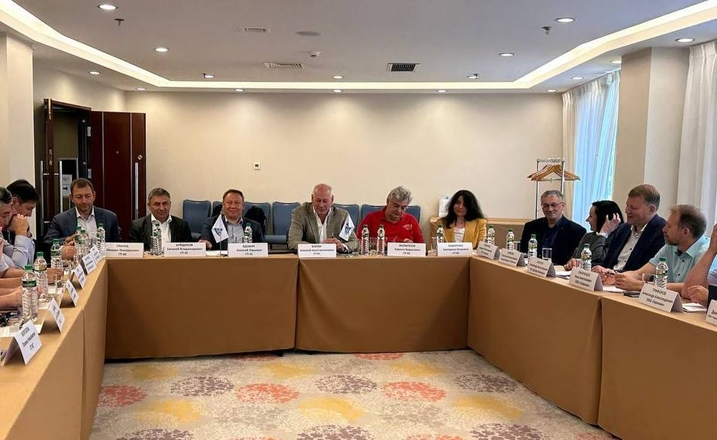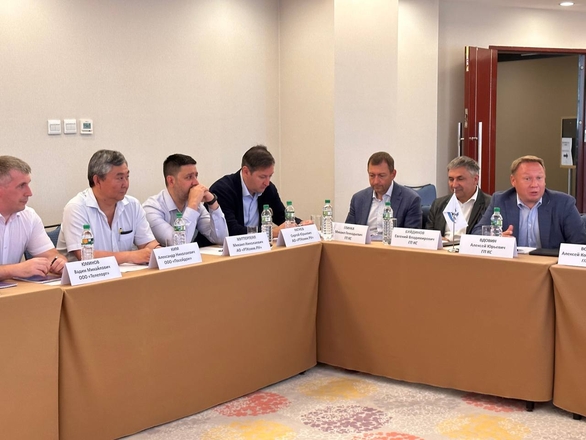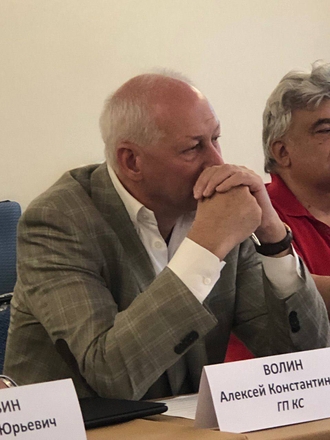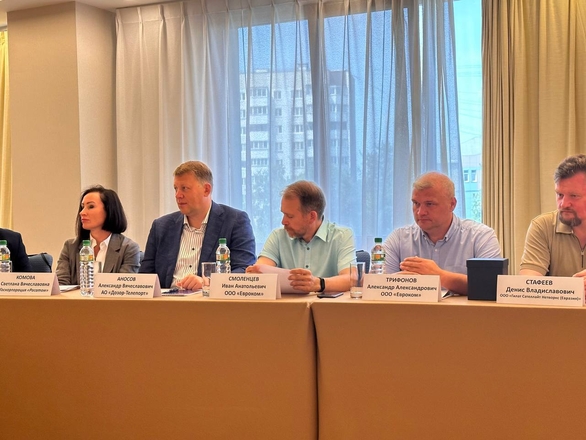Flexible and useful: RSCC discusses with satellite market players how future satellites will look like
The emergence of technological innovations in the design of satellite communications and broadcasting spacecraft should follow the "do no harm" principle. Development of new digital transponders is really needed but their commercial use should begin no sooner than they prove to be reliable and efficient. Those are some of the conclusions drawn by the industry representatives at the "Business Dialog: Satellite Communications in Russia" round table discussion hosted by RSCC. The discussion of future-proof technologies with operators from Moscow, Siberia and Far East took place on July 10 in Yuzhno-Sakhalinsk.
"Satellite industry right now needs new developments that would rely on domestic solutions. In this situation, it is extremely important for RSCC to get feedback from the market so that new satellites meet the industry's needs as best they can," said Alexey Volin, Director General of Russian Satellite Communications Company, as he was opening the event. He also added that there was a demand on the market for satellites with digital payload. That said, however, customers now tend to rely on proven solutions: uninterruptible connectivity today is provided by conventional satellites that have already proven their reliability and safety. "Renovation of the constellation is a strategically important task with no room for errors. Therefore, it should be made with the help of proven satellites, which can already be supplemented with new individual digital satellites," said Alexey Volin.
This thought was confirmed by Ivan Smolentsev, Director General of Eurocom LLC. "The concept of parallel coexistence of two types of satellites is now preferred: satellites in the current constellation with a wide service area and new satellites with narrow beams to perform individual tasks," he explained. Sergey Ratiev, Director General of RTComm.RU JSC, also added that the use of individual redirected beams is convenient for the operator, as it allows it to quickly set up communications for specific customer requests, especially in hard-to-reach regions where there is no alternative to satellites.
The operators believe that by using modern payloads with adaptive antennas, it is possible to achieve greater unification of performance, flexibility in frequency band utilization, and better resistance to interference. Reconfigurable antennas, meanwhile, help "tailor" coverage areas to the orbital point. All of this ultimately helps increase the competitiveness of GEO constellations in services where low latency is not required.
But there can be challenges, too, in implementing the technology. In particular, the ground infrastructure has not quite kept pace with the development of the space segment. Therefore, it is necessary to make spacecraft control systems, satellite communication stations and hubs as adaptive as the payloads of the satellites. Market representatives will also have to solve the problem with components, namely the increase in their lead times and the shortage of Russian analogues.
The market players also discussed the strategies of satellite communications development in the near future. "It is imperative to understand how the customer profile will change by 2030. We believe that the need for connectivity will continue to grow. Stationary facilities will demand more traffic, and transportation communication services will be developed further on. Passenger and cargo transportation, unmanned transportation, Internet of Things — all this requires reliable, independent space communications", argues Alexander Anosov, CEO of Dozor-Teleport JSC.
Svetlana Komova of Rosatom State Corporation added that traffic consumption in the Arctic was about to increase. Access to the services is needed by local residents, employees of industrial and production enterprises, shift workers, and crews of more than 200 ships that are simultaneously positioned on the Northern Sea Route. And it is important to provide these consumers with all the services available.



